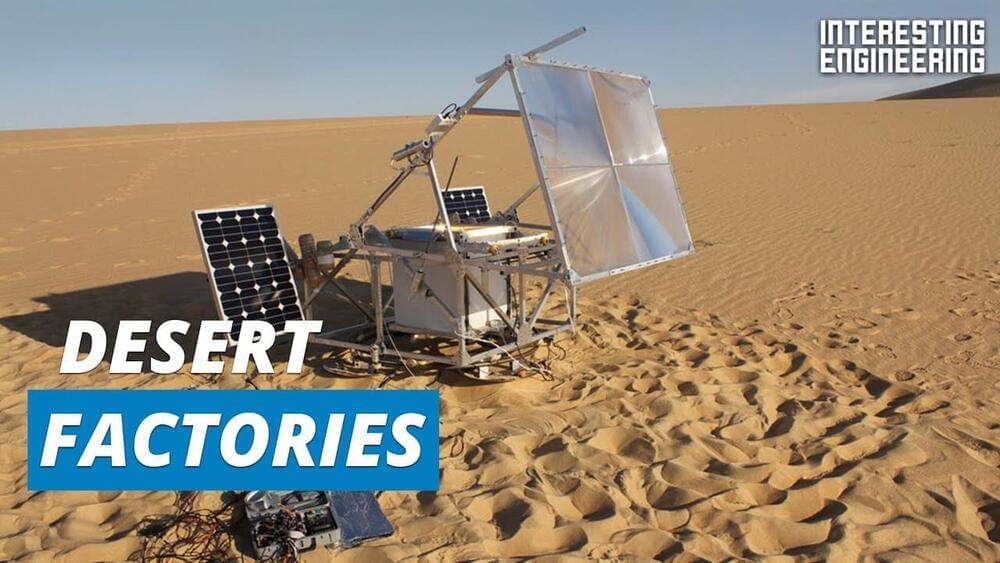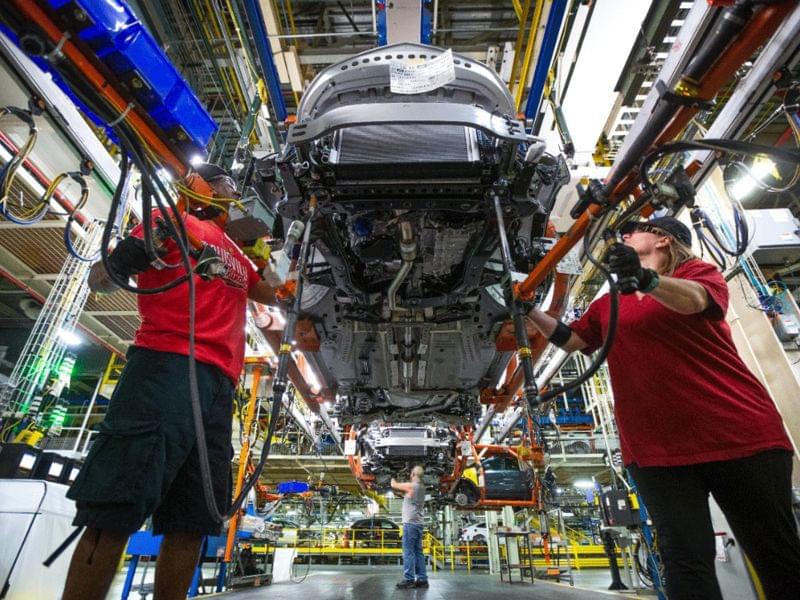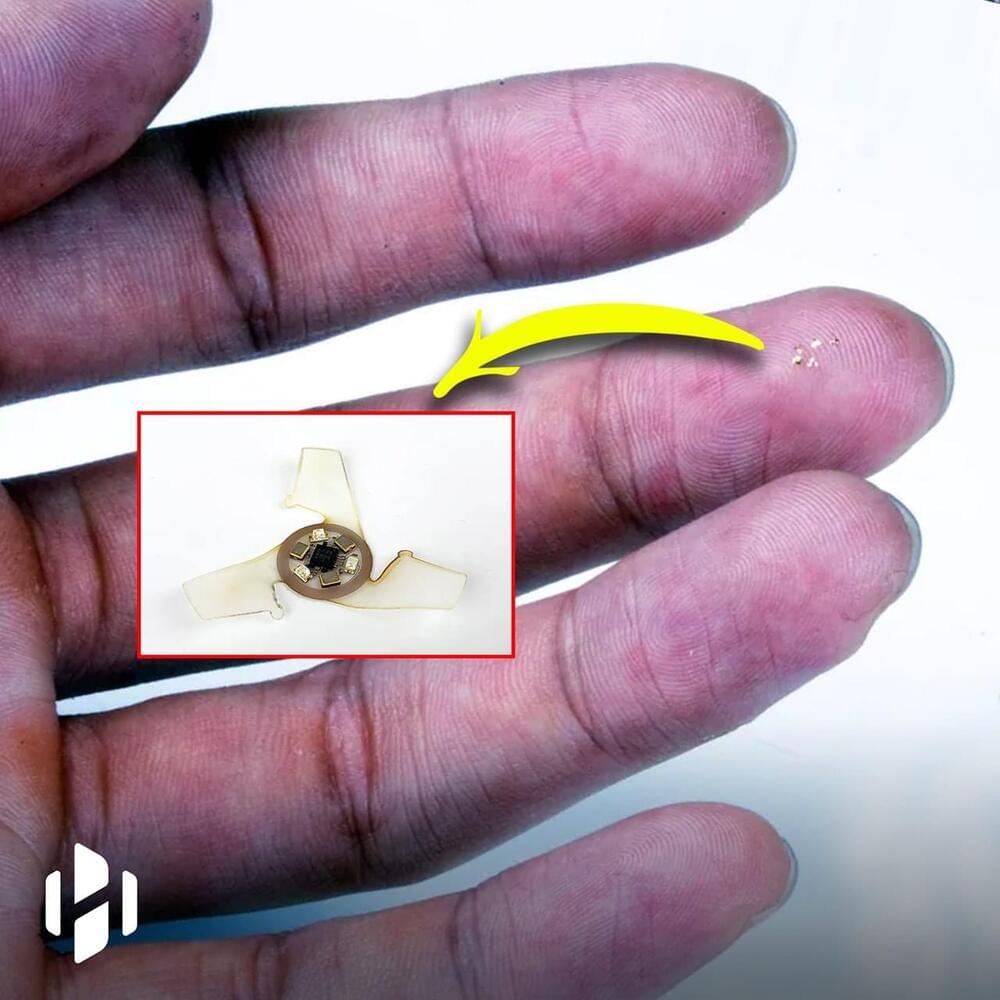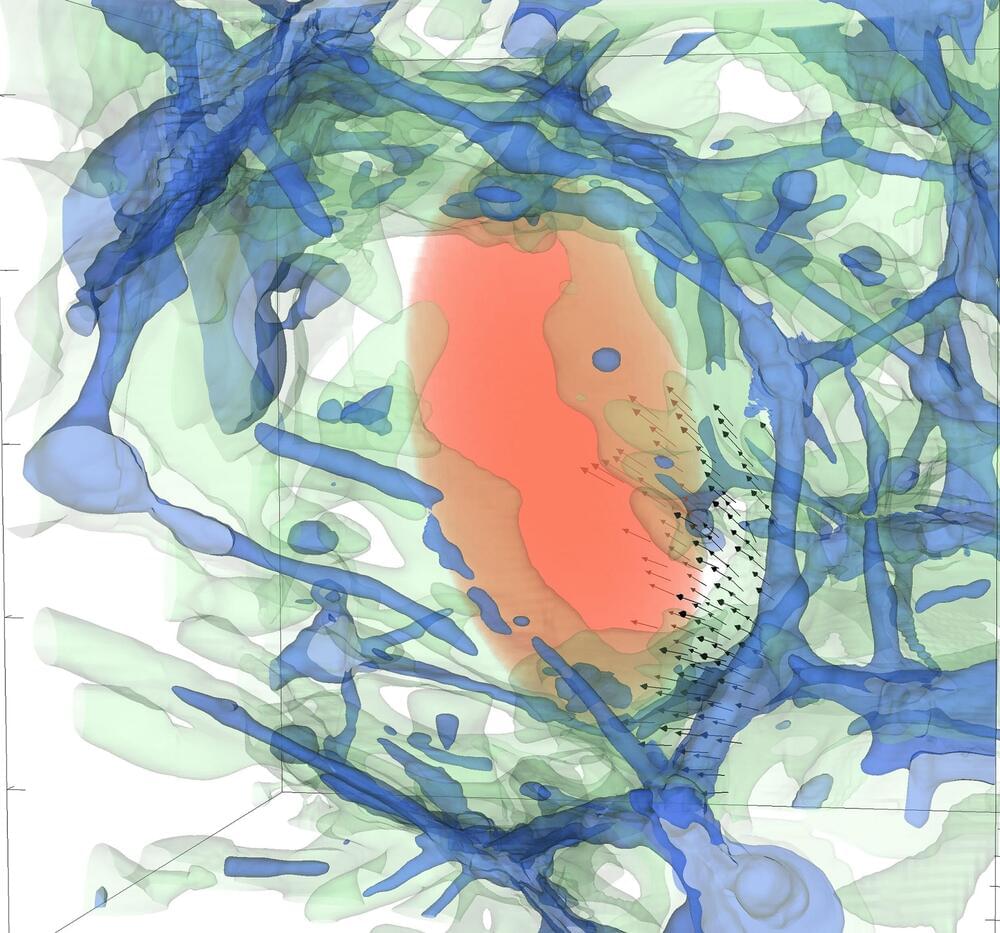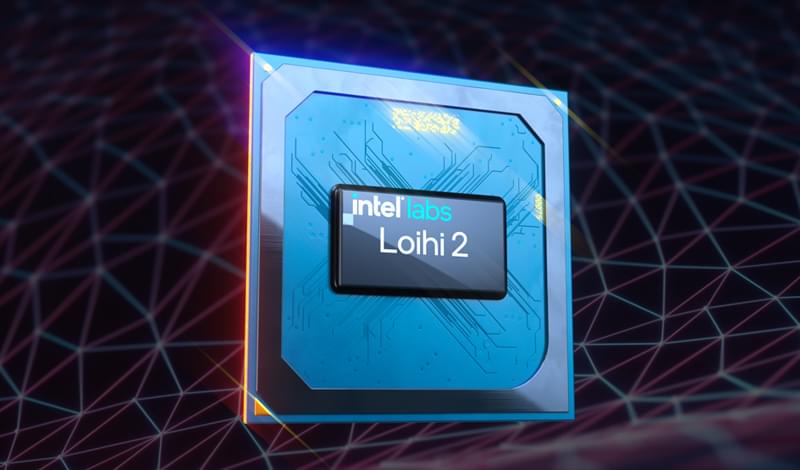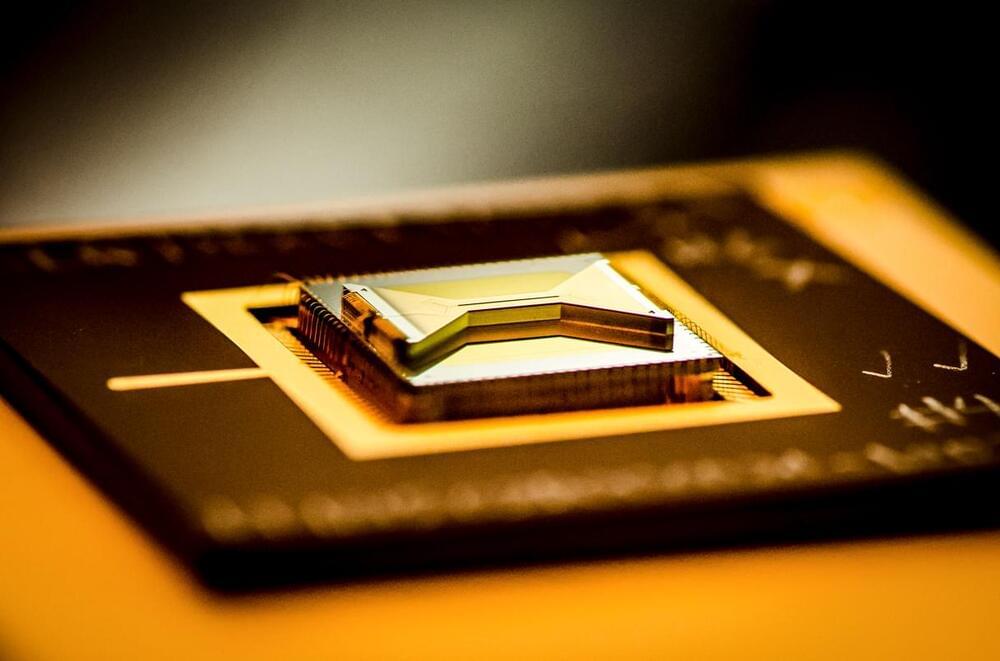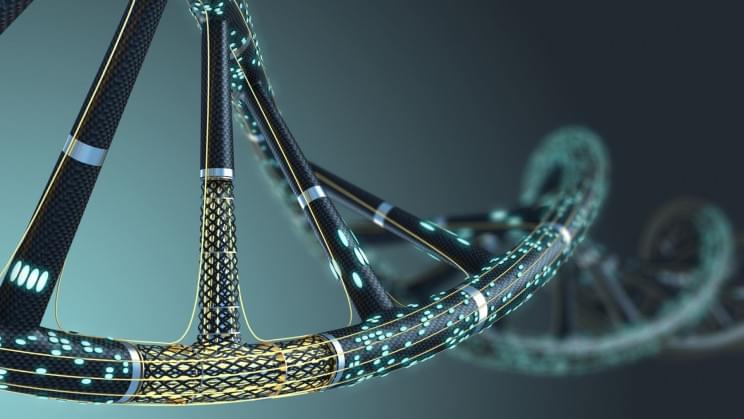Oct 11, 2021
This Solar-Powered 3D Printer Turns Sand into Glass Sculptures
Posted by Gemechu Taye in categories: computing, sustainability
https://youtube.com/watch?v=YYgG2a-_2po
We all know glass comes from sand but we don’t always get to see this process in action. In this video, we bring you footage of a solar-powered 3D printer that makes glass sculptures out of sand. Impressed? Just wait till you see the clips.
The 3D printer is called Solar Sinter and it was built by Markus Kayser. It works in the following way: after computer-drawn models are loaded into the machine, a large Fresnel lens beams sunlight onto a sandbox which leads to high temperatures of 2,552–2,912 F (1,400–1,600 C).
Continue reading “This Solar-Powered 3D Printer Turns Sand into Glass Sculptures” »
